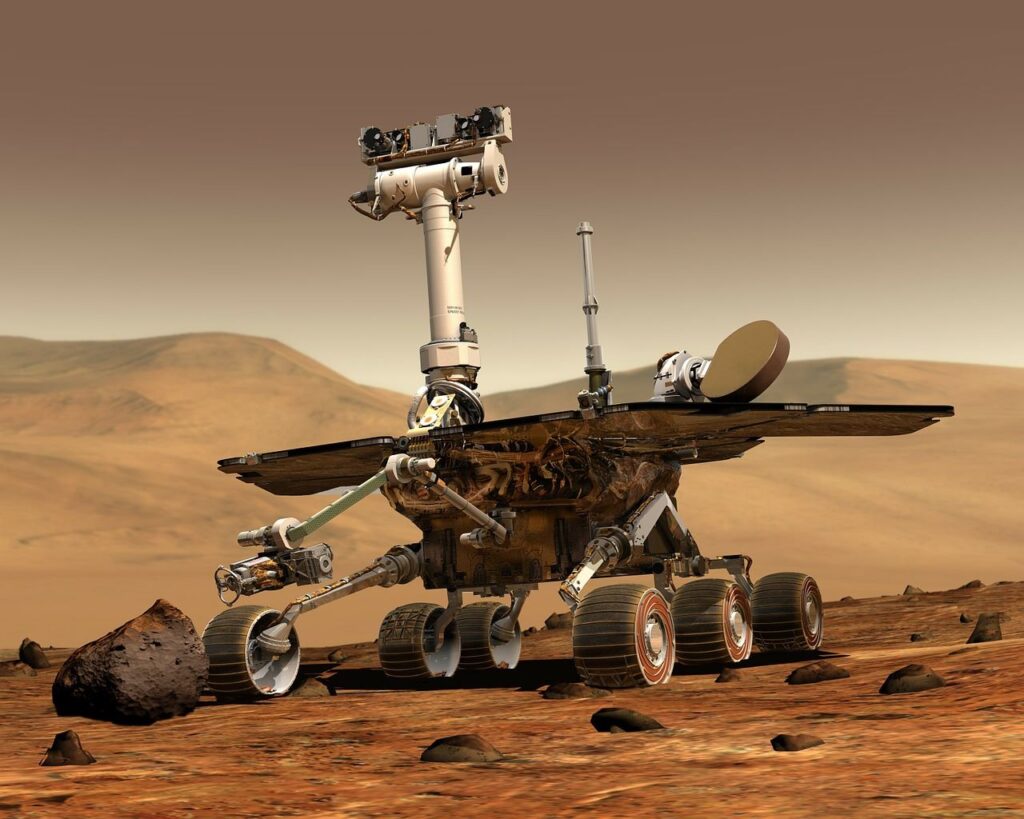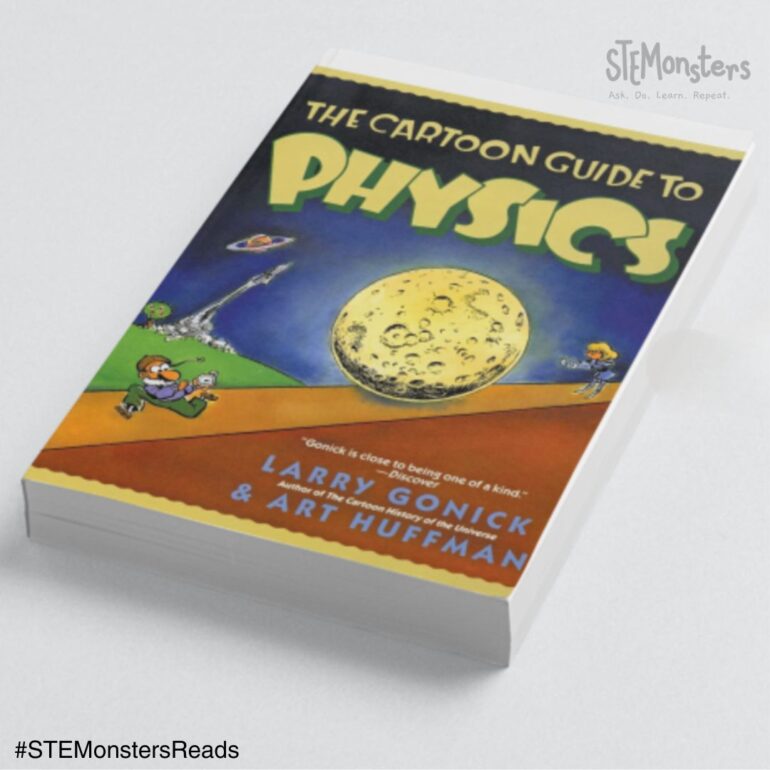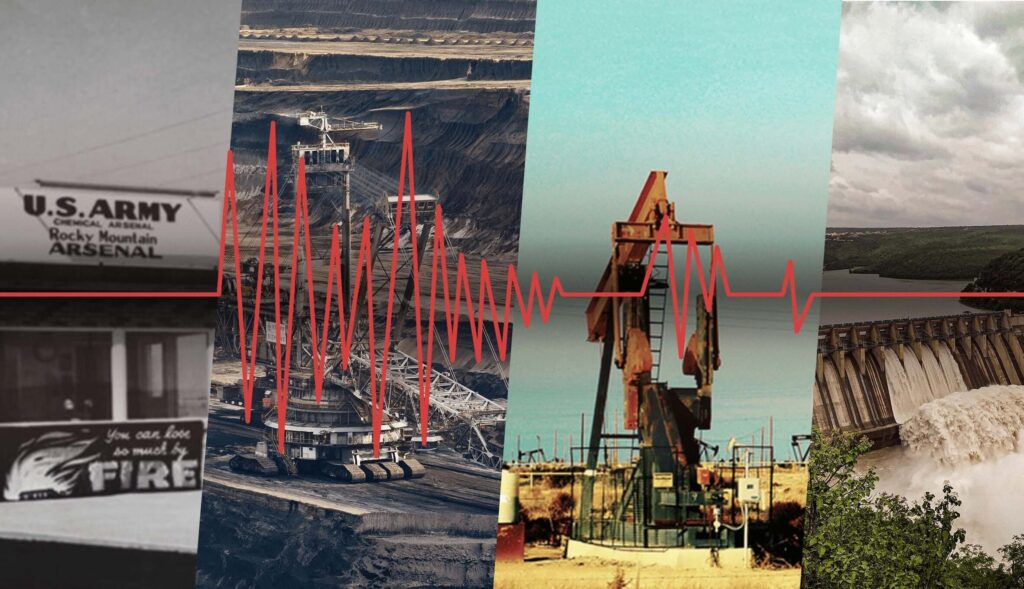It feels like just yesterday we were all counting down to a first date with Mars. On February 18, 2021, the world held its breath as NASA’s fifth and most advanced Mars rover, Perseverance, successfully touched down on the Red Planet. And tucked away on its chassis was another pioneer: Ingenuity, the first helicopter designed to fly on another world—a name aptly chosen by a 17-year-old student as part of a NASA naming contest.
The Perseverance landing was a stunning triumph of engineering and imagination, made all the more meaningful by its timing. As Earth was deep in the grip of the COVID-19 pandemic, a time when we were collectively forced to slow down, reflect, and reevaluate what it meant to explore the unknown—humanity, somehow, reached across 470 million kilometers of space and landed on another planet.
That moment wasn’t just a victory for science—it was a symbol of resilience, a message that even during difficult times, we keep moving forward. A fitting reminder of what it means to persevere.
A Terrifying Dance with Gravity: The Seven Minutes of Terror
If the idea of landing a car-sized robot on another planet sounds nerve-wracking, that’s because it is. The entire descent is famously referred to by NASA engineers as the “seven minutes of terror”—and for good reason.
Once the spacecraft reaches Mars’s atmosphere, it has just seven minutes to slow down from over 19,000 kilometers per hour to a safe, stationary landing. And here’s the kicker: because of the delay in communication between Earth and Mars, the entire landing is automated. There’s no human steering it in real-time. The rover is on its own.
This nail-biting sequence includes atmospheric entry, parachute deployment, heat shield separation, radar scanning, terrain analysis, and finally the iconic “sky crane” maneuver, where retro-rockets hover above the surface while the rover is gently lowered on cables.
Still trying to picture it? NASA created an excellent immersive simulation that walks you through every step, making it easier to grasp the level of precision involved. It’s an experience that takes you right into the heart of the action, and it’s a great teaching tool too.
At C2L Club, where we dive into real-world applications of science, we often explore topics like projectile motion and gravitational force. The Perseverance landing was a perfect showcase of those principles in action—only this time, it was playing out on Mars.
Ingenuity: A “Wright Brothers Moment” on Another World
But the mission’s breakthroughs didn’t stop with the landing. Tucked beneath Perseverance was Ingenuity, a small 1.8-kilogram helicopter that would soon make history of its own.
On April 19, 2021, Ingenuity completed its first powered flight on Mars—marking the first time any human-made vehicle achieved controlled flight on another planet. That’s no small feat. Mars’s atmosphere is just 1% as dense as Earth’s, which means generating lift is incredibly difficult. To succeed, Ingenuity needed a lightweight frame and ultra-fast rotor blades spinning at around 2,400 revolutions per minute—about five times faster than a helicopter here on Earth.
It may have hovered just a few meters above the ground for under a minute, but that flight was a massive leap. NASA called it a “Wright Brothers moment” for space exploration, and rightly so. It opened up new possibilities for aerial robotics on other planets, especially for scouting terrain that would be too risky or unreachable for a rover.
Even more impressively, Ingenuity far exceeded expectations. Originally intended for five test flights, it continued operating for months, flying over 50 missions and acting as a companion scout for Perseverance.
What Is Perseverance Doing on Mars?
So what is Perseverance actually doing up there, besides taking awesome selfies and carrying around a drone?
Its main mission is to look for signs of ancient microbial life. That’s right—we’re not just exploring rocks for the sake of it. Perseverance is specifically studying the Jezero Crater, a place scientists believe once held a lake and river delta billions of years ago.
The idea is simple: if water once existed here, could life have existed too?
To answer that, Perseverance is drilling into Martian rocks and collecting core samples, which it seals inside special tubes. Some of these tubes have earned the nickname “Mars rover cigars” due to their long, sleek shape. These are being stored on the surface for a future mission that may one day bring them back to Earth—a kind of cosmic treasure hunt, where the most valuable items are ancient pieces of another planet.
And it’s not just about looking into the past. The mission is also preparing us for the future.
Testing the Tech of Tomorrow
Perseverance is equipped with instruments that go beyond geology. One of the most exciting is MOXIE—an experimental device that successfully produced oxygen from the carbon dioxide-rich Martian atmosphere. This is a major step toward making Mars more hospitable for future human explorers.
If we can create oxygen on Mars, we reduce the need to carry it from Earth—a massive cost and logistics issue for future missions. It’s early-stage tech, but it’s the kind of small experiment that could change everything down the road.
The rover is also helping us better understand dust, terrain, and communication systems—all crucial pieces of the puzzle when it comes to sending astronauts to Mars safely and sustainably.
A First Date to Remember
Back here on Earth, the success of the NASA Mars rover 2021 mission was more than a science headline. It was a moment of hope. A reminder that curiosity and courage don’t stop, even during uncertain times. Perseverance and Ingenuity weren’t just names—they were ideals that reflected the spirit of the mission and the people behind it.
And this relationship with Mars? It’s only getting deeper.
The data, images, and insights coming from Perseverance and Ingenuity continue to shape our understanding of Mars, one sol (Martian day) at a time. Whether it’s a new rock sample, a surprising soil reading, or a short helicopter hop, every update brings us closer—not just to Mars, but to answering one of humanity’s oldest questions: Are we alone?
If the landing was our first date, then this mission is turning into a long-term commitment. And the best part? We’re just getting started.
Learn More:
- https://www.nasa.gov/solar-system/take-a-3d-spin-on-mars-and-track-nasas-perseverance-rover/
- https://www.wthr.com/article/news/nation-world/mars-perseverance-entry-descent-landing-simulator/507-412d5ab2-aace-4353-8564-4305f29491e3
- https://science.nasa.gov/blogs/perseverance-mars-rover/2021/02/18/blog-perseverance-ready-for-landing/
Footnote: The Perseverance mission is a prime example of cutting-edge STEM, pushing the boundaries of science and tech. The research studies from Mars combine space science and astrophysics with advanced computer science and artificial intelligence for autonomous navigation and data analysis. The mission’s research methodology relies on quantitative research from a suite of sophisticated instruments, with findings regularly published in leading international journals and other scholarly sources. For any scholar or student, this mission is a masterclass in modern scientific research.














